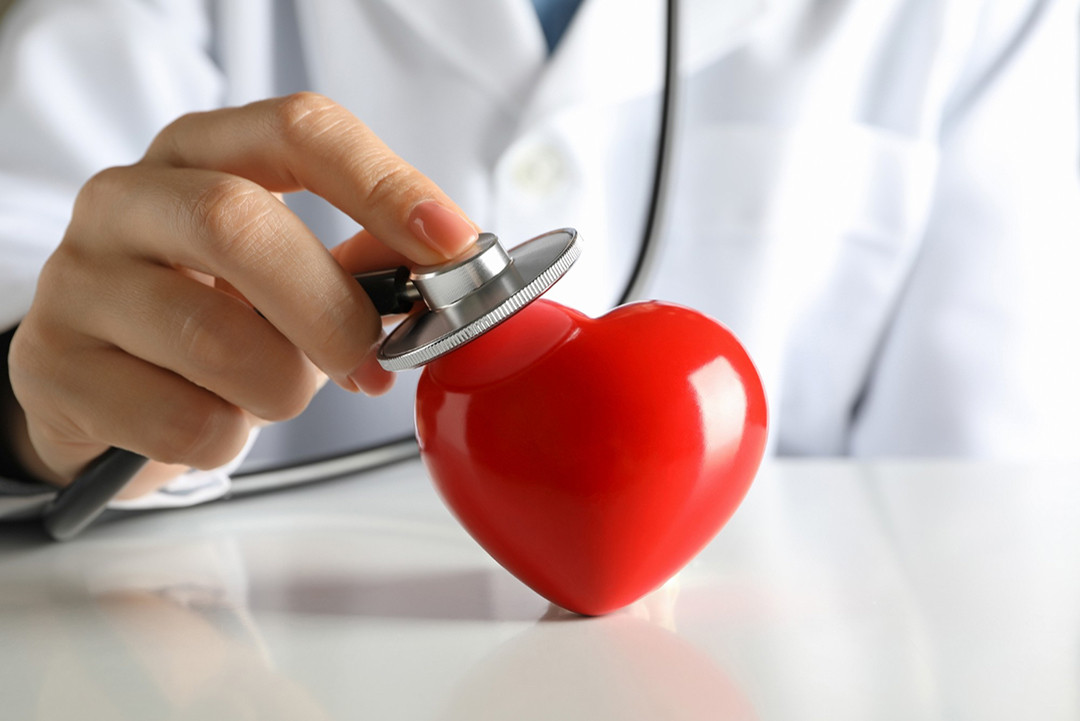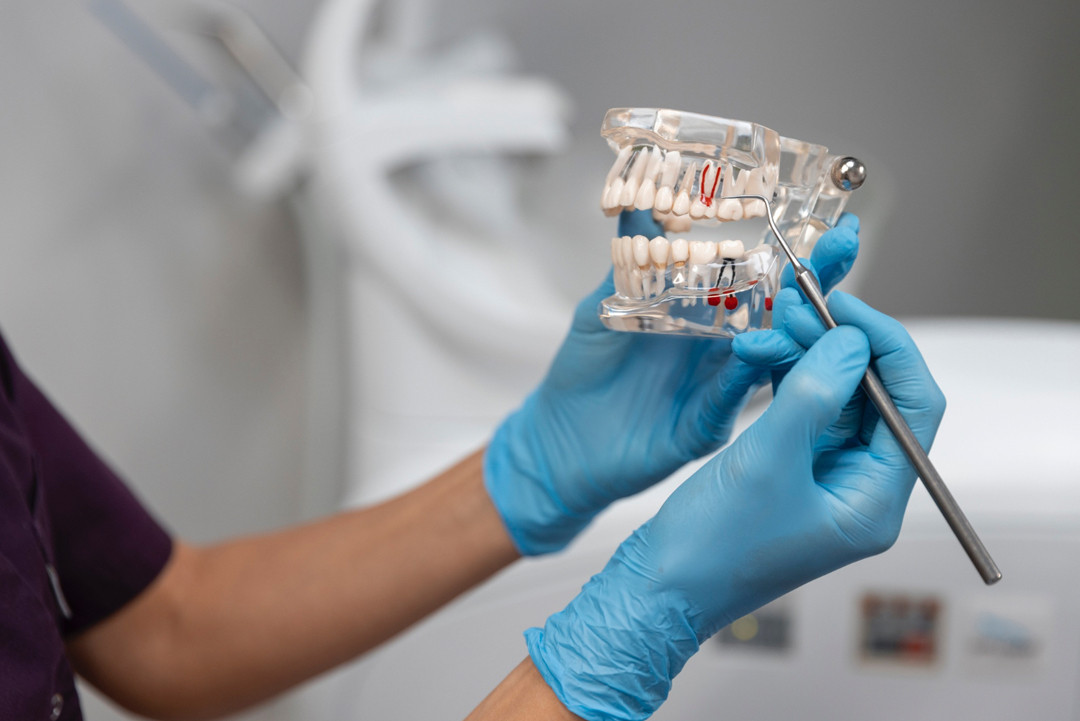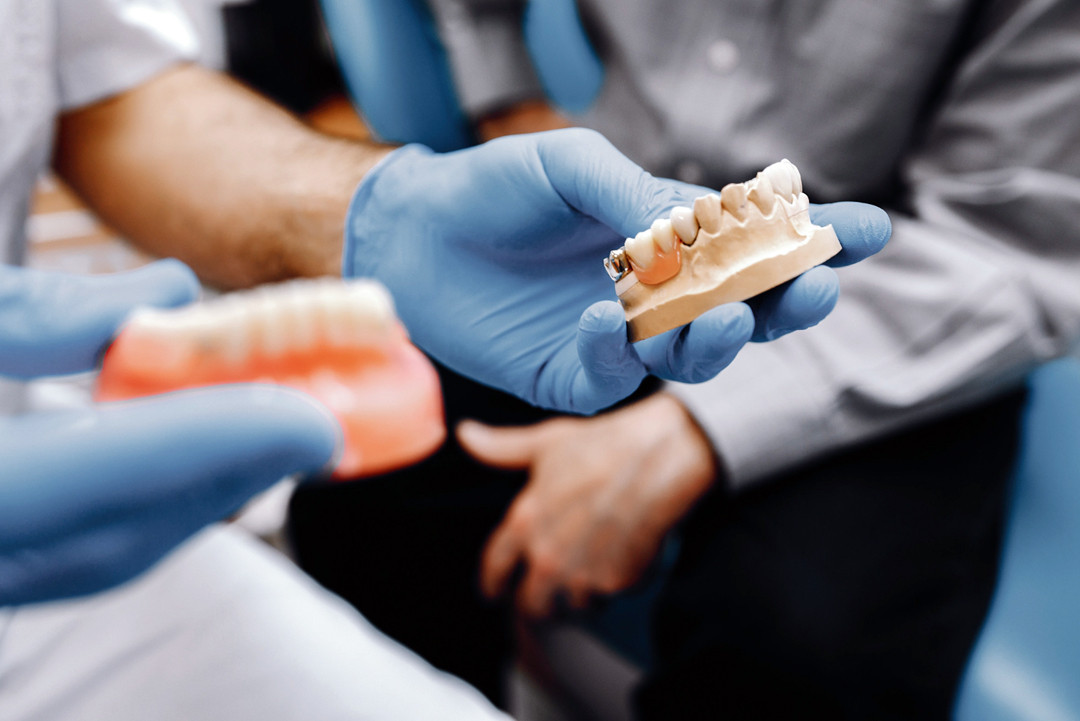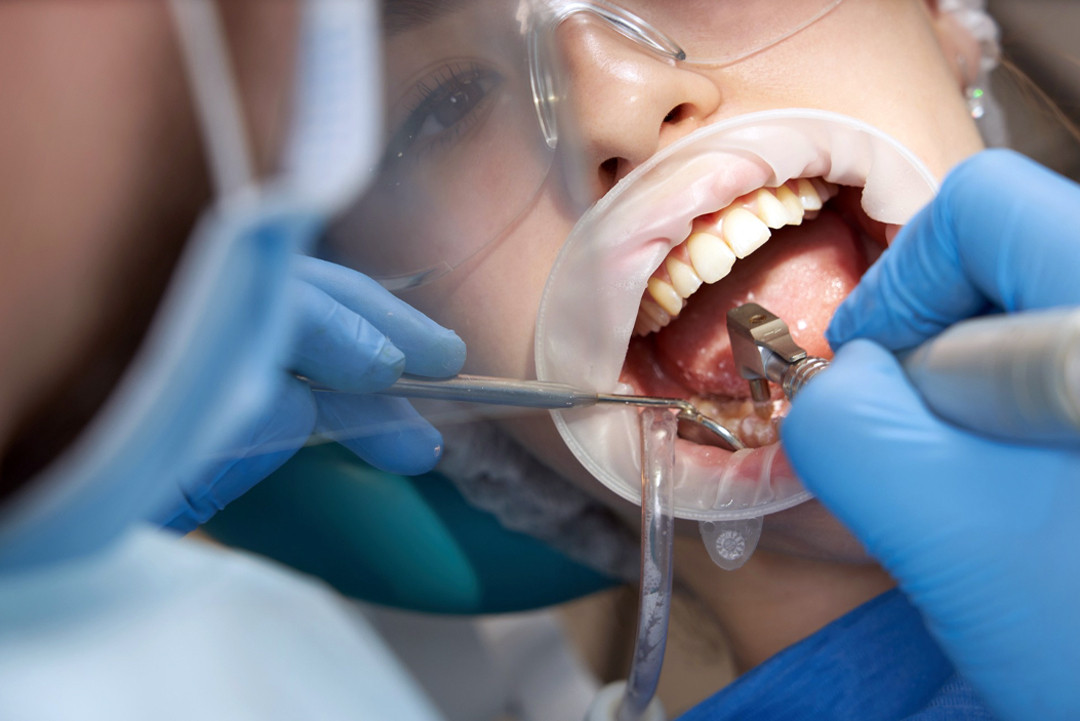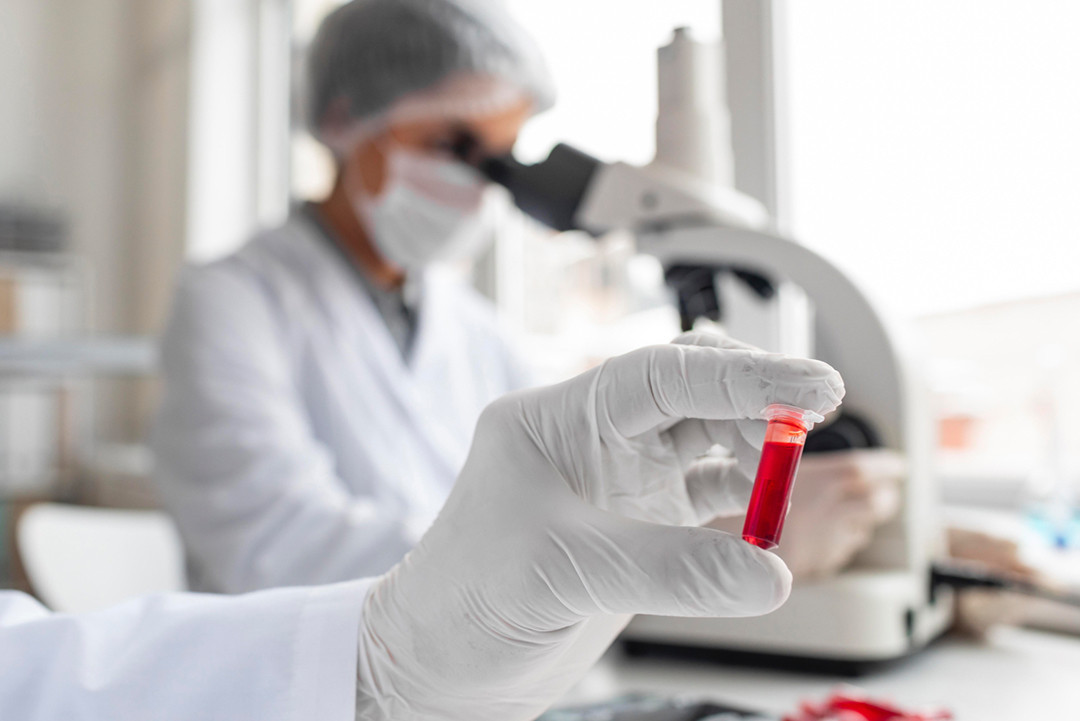Overview of Cardiology
Cardiology is a medical specialty dedicated to the prevention, diagnosis, and treatment of heart and blood vessel diseases. This critical field plays a central role in safeguarding overall health and quality of life. Cardiologists are highly trained experts who use advanced diagnostic tools and collaborate with healthcare teams, including surgeons, primary care doctors, and nurses, to deliver comprehensive cardiovascular care.
Cardiology vs. Cardiovascular Surgery
While often confused, cardiology and cardiovascular surgery serve distinct roles:
- Cardiology: A branch of internal medicine focused on diagnosing and managing heart diseases through non-surgical treatments.
- Cardiovascular Surgery: Involves surgical interventions performed by heart surgeons, such as open-heart surgery.
Cardiologists identify and manage heart conditions and may refer patients to surgeons for cases requiring invasive procedures.
Subspecialties in Cardiology
Cardiology includes several focused areas of expertise, each addressing specific aspects of cardiovascular health:
- Interventional Cardiology: Catheter-based techniques like angioplasty and stenting to treat blood vessel blockages.
- Electrophysiology: Diagnosis and treatment of heart rhythm disorders using advanced tests and therapies.
- Heart Failure and Transplant Cardiology: Management of heart failure, including medications, devices, and transplant options.
- Pediatric Cardiology: Specialized care for cardiovascular conditions in children, from infancy through adolescence.
- Advanced Heart Failure and Transplant Cardiology: Emphasis on managing severe heart failure with advanced interventions, such as mechanical support devices and transplants.
Diseases Treated in Cardiology
Cardiology addresses a wide range of heart and vascular diseases, including:
- Coronary Artery Disease: Narrowing or blockage of arteries supplying blood to the heart.
- Heart Attack (Myocardial Infarction): Sudden cessation of blood flow to the heart muscle.
- Heart Failure: Inability of the heart to pump sufficient blood to meet the body’s needs.
- Hypertension: Persistently high blood pressure in the arteries.
- Heart Valve Disorders: Malfunction or damage to heart valves.
- Cardiomyopathy: Diseases weakening the heart muscle, affecting blood flow.
- Atrial Fibrillation: Irregular beating of the heart’s atria.
- Arrhythmias: Irregular heart rhythms, either too fast or too slow.
- Cardiac Arrest: Sudden cessation of the heart’s pumping function.
- Peripheral Artery Disease: Narrowing of arteries outside the heart, often in the legs.
- Acute Coronary Syndrome: Sudden blockage of blood flow to the heart.
- Angina Pectoris: Chest pain caused by insufficient oxygen reaching the heart.
- Pulmonary Insufficiency: Backflow of blood due to incomplete closure of the pulmonary valve.
Diagnostic Tools in Cardiology
Accurate diagnosis is key to effective treatment. Cardiologists use a range of diagnostic methods, including:
- Blood Tests: Assess hormone and enzyme levels for signs of heart disease.
- Electrocardiogram (ECG): Measures the heart’s electrical activity to detect past or present issues.
- Echocardiography (Echo): Uses ultrasound to examine the heart’s structure and function.
- Holter Monitor: A 24-48 hour device to monitor irregular heart rhythms.
- Radionuclide Testing: Checks blood flow in the heart using radioactive materials.
- Angiography: Examines blood vessels with a dye and X-rays.
- Cardiac Stress Test: Evaluates heart function under physical exertion.
- Cardiac CT Scan: Produces detailed images of the heart using X-rays.
- Cardiac Catheterization: Involves inserting a catheter to measure pressures, take biopsies, or inject dye for imaging.
Common Treatments in Cardiology
Treatment plans often combine multiple approaches to address cardiovascular conditions effectively. Common treatments include:
- Medications: Drugs to manage blood pressure, cholesterol, and clot prevention.
- Angioplasty: Inflating a small balloon to open blocked arteries and improve blood flow.
- Stenting: Placing a mesh tube in a narrowed artery to keep it open.
- Coronary Artery Bypass Surgery: Using healthy veins or arteries to bypass blocked coronary arteries.
- Heart Valve Repair/Replacement: Restoring or replacing malfunctioning valves.
- Heart Transplant: Replacing a failing heart with a donor heart in severe cases.
- Implantable Cardioverter-Defibrillator (ICD): A device monitoring heart rhythms and delivering electric shocks if necessary.
- Pacemaker: A device regulating heartbeats for patients with slow heart rhythms.
When to Visit a Cardiologist
You should consult a cardiologist if you experience:
- Chest Pain: Persistent or severe discomfort in the chest.
- Swelling in Lower Limbs: May indicate heart failure or poor circulation.
- Rapid or Irregular Heartbeat: Can signify arrhythmias or other heart conditions.
- Uncontrolled High Blood Pressure: Increases risk of heart attack, stroke, and other complications.
If you have a family history of heart disease or notice symptoms related to cardiovascular issues, seeking medical advice is essential. Early intervention can significantly improve outcomes.

